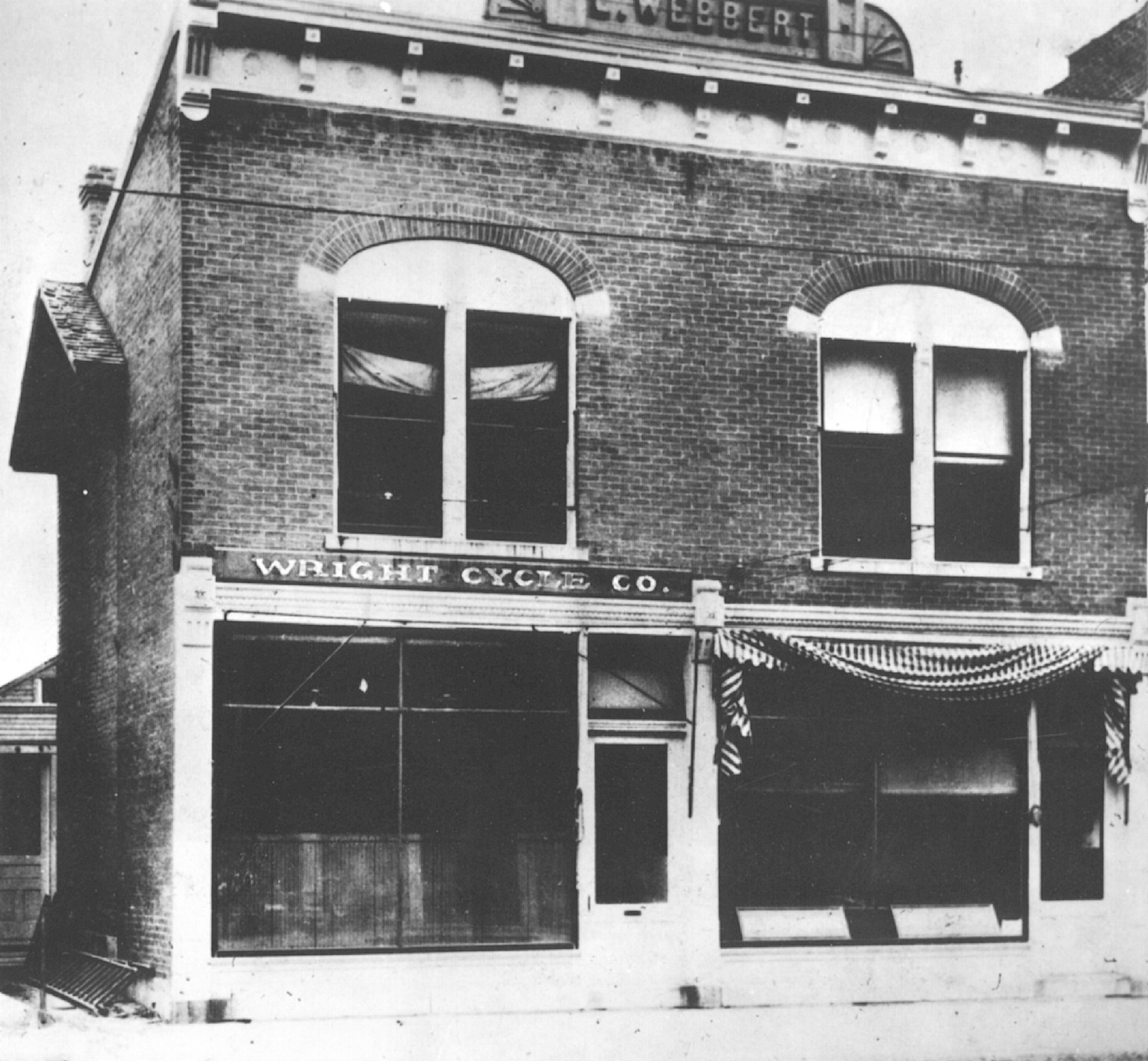
blog.thehenryford.org
So Ford set out to build a village filled with buildings that once housed Americans who had contributed to the growth of America. He purchased a 240-acre plot of land and set to work clearing it. Then he started buying, moving and restoring the buildings. In 1928, Henry Ford brought the first of his buildings to Greenfield Village, the Watford, Michigan General Store.

www.wrenscottage.com
The same year, the Clinton Inn, an old stage coach inn from 1831 situated on the Chicago Road, was purchased by Ford. His agents feared that the crumbling structure might collapse as they surveyed the building when purchasing it. Moved to Greenfield Village, the inn was the site of the lunch served the day that Thomas Edison visited to recreate his invention of incandescent light.
flickr.com
In 1929, Ford bought and restored the Scotch Settlement School, a solid brick building complete with a bell. Having attended the Dearborn school, Ford carved his initials in one the desks, just as he had done as a little boy.
waymarking.com
Nineteen twenty nine saw the appearance of another building at Greenfield Village, the Smith's Creek Train Depot. Smith's Creek was a town situated north of Detroit. This was where Thomas Edison had been thrown off a Grand Trunk Western train for accidentally setting fire to the baggage compartment. Not surprisingly, he lost his job because of the incident.

home.frognet.net
Nineteen-twenty-nine also saw the completion of the re-building of Thomas Edison's laboratory from Menlo Park New Jersey. Long since reclaimed by nature, Ford arranged an archeological dig to find the foundation of the original building. He had seven train carloads of New Jersey clay shipped to Michigan to re-build the new lab on. Workers found original photos of the laboratory which was reconstructed and ready for Light's Golden Jubilee on October 21 of that year.

www.geniaconnell.com
Henry Ford visited Postville (now Lincoln), Illinois to find a building related to the work of Abraham Lincoln. He decided to purchase the 1840 courthouse where Lincoln used to practise law. The sale raised a fervor in the community. Residents were about to lodge a protest in the courts, but Ford had already had the building dismantled before they could do so. A month later it sat on the village green at Greenfield Village.

clanmills.com
Ford admired aviation pioneers Orville and Wilbur Wright. He visited Dayton, Ohio and arranged to have their Cycle Shop and family home transported to the Village in 1938. Their historic heavier-than-air-powered flight had taken place in 1903. Since then, Wilbur had passed away. However, Orville, still living, was present at the dedication of the two buildings.

Wright Cycle Shop before its dismantling courtesy www.wright-brothers.org.
Noah Webster, the author of the famous dictionary which took 25 years to complete, had lived in New Haven, Connecticut. His 1823 home was slated for demolition in the 1930's. Ford learned of the plan and decided to purchase and restore the home. It came to Greenfield Village as well.

Henry Ford could not find a chapel suitable to his liking so he built one in Greenfield Village. It was named the Martha-Mary Chapel after his wife Clara's mother, Martha Bench Bryant, and his mother, Mary Litigot Ford. The bricks were reclaimed from Clara Bryant Ford's childhood home in Greenfield Township, where she and Henry had married in 1888. The beautiful chapel, with its magnificent spire, would sit on a slightly raised piece of land opposite the Postville Courthouse. In recent years, hundreds of weddings have taken place at the chapel.

www.wrenscottage.com
And Greenfield Village would not be complete without his birthplace, which was scheduled for demolition back in 1919 due to the impending construction of a road.

blog.thehenryford.org
With his buildings in place, now Ford's task was to fill them. A collector of everyday items like shoes since 1906, Ford was able to pull some of these items out of storage. However, he also started travelling the country to find artifacts suitable for his Village.

1940's postcard courtesy amazonaws.com.
By the 1940's, Greenfield Village boasted about 70 buildings. Today it includes almost 100 buildings which cover an area of 90 acres (150 acres are undevelopped). It is a great tribute to America, created by a man who helped build it.
Source: Telling America's Story: A History of The Henry Ford (Miller, Endelman, Braden & Bryk).
No comments:
Post a Comment